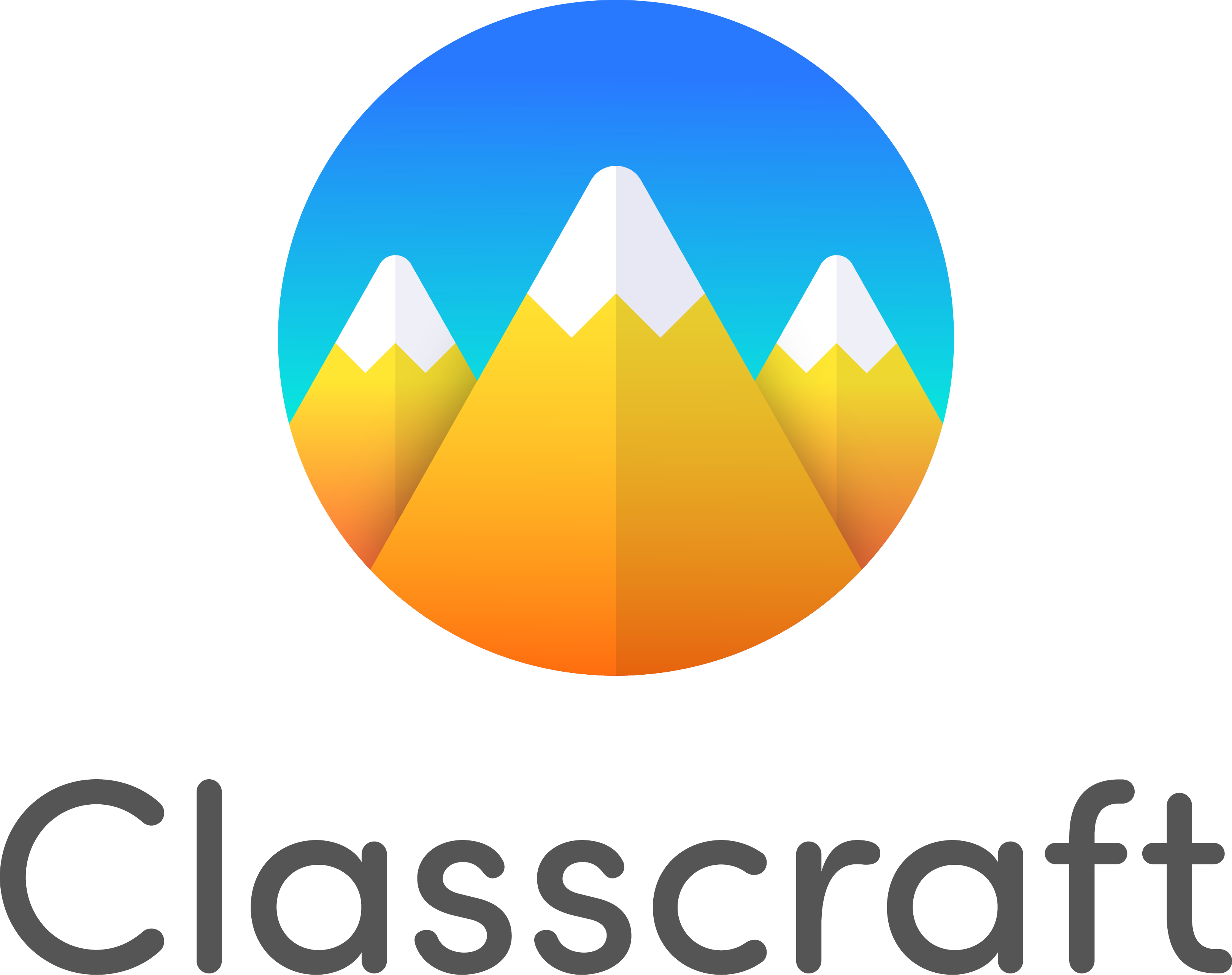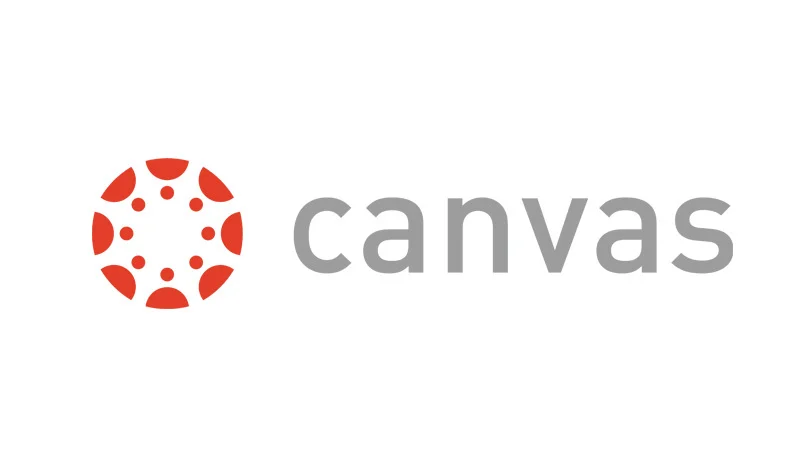
Adobe Captivate is a versatile eLearning authoring tool designed to create immersive and interactive content for educational and training purposes. Known for its advanced features, Adobe Captivate allows educators to develop responsive courses, interactive simulations, virtual reality (VR) modules, and quizzes with ease. The platform is ideal for institutions that want to create engaging eLearning content that can be delivered across multiple devices, from desktops to smartphones.
With Adobe Captivate, educators can build courses from scratch or utilize built-in templates to speed up development. Its drag-and-drop interface, along with advanced features like virtual reality learning experiences and software simulations, makes it an ideal choice for creating highly interactive content for K-12 education, higher education, and corporate training.
Key Features:
-
Responsive Content Creation:
Adobe Captivate allows educators to develop courses that automatically adjust to different screen sizes, ensuring a seamless learning experience on mobile devices, tablets, and desktops. This feature is particularly useful for institutions aiming to offer mobile learning options for students. -
Virtual Reality (VR) Learning:
One of the standout features of Adobe Captivate is the ability to create VR-based learning experiences. Educators can immerse students in realistic, interactive environments where they can explore content in a more engaging and hands-on manner. For example, a history teacher could create a VR tour of an ancient city, allowing students to "walk" through the streets and interact with the environment. -
Interactive Simulations:
Adobe Captivate excels in creating software simulations and interactive scenarios that allow students to practice skills in a safe, virtual environment. This feature is particularly beneficial for vocational training programs and technical education, where hands-on practice is crucial for mastery. -
Advanced Quizzing and Assessments:
The platform provides a wide range of quiz types and assessment options, from simple multiple-choice quizzes to more advanced interactions like drag-and-drop and hotspot questions. Educators can also use adaptive quizzes to adjust the difficulty level based on a student's performance, making learning more personalized and effective. -
Responsive Themes and Templates:
To accelerate course development, Adobe Captivate offers a library of pre-built templates and responsive themes. These can be customized to match the institution's branding and learning objectives, saving educators time while maintaining a professional look. -
SCORM, xAPI, and AICC Compliant:
Captivate supports SCORM, xAPI, and AICC standards, ensuring compatibility with Learning Management Systems (LMS) for tracking student progress and performance. This feature allows seamless integration with existing LMS infrastructure, ensuring that courses are easy to manage and monitor. -
Drag-and-Drop Interactions:
With Captivate, educators can create engaging drag-and-drop interactions without the need for advanced coding skills. This feature allows for easy creation of learning activities where students can match terms, reorder processes, or identify key elements in a diagram. -
Video and Multimedia Support:
Adobe Captivate supports the integration of multimedia elements, including video, audio, and interactive elements. Educators can create video-based tutorials with interactive hotspots, providing an engaging multimedia learning experience.
How It Works:
-
Course Creation:
Educators start by selecting from pre-built templates or creating a course from scratch. Using a drag-and-drop interface, they can add interactive elements like quizzes, scenarios, and simulations to engage students. -
Simulations and VR:
For technical and vocational courses, instructors can create software simulations that allow students to practice real-world tasks in a virtual environment. Additionally, the VR feature enables educators to design immersive experiences where students can interact with 360-degree environments. -
Mobile-Responsive Learning:
As courses are being developed, Adobe Captivate automatically ensures that they are responsive to different screen sizes. The platform allows educators to preview how the course will appear on various devices, ensuring a consistent learning experience across platforms. -
Publishing and Integration:
Once the course is complete, it can be published in multiple formats, including HTML5 for web-based delivery, or SCORM/xAPI for integration with LMS platforms. Captivate makes it easy to share content across different learning environments while ensuring compliance with industry standards. -
Analytics and Student Feedback:
Through LMS integration, Adobe Captivate provides real-time feedback and analytics on student performance. This allows educators to track progress, assess learning outcomes, and provide personalized feedback to students.
Benefits:
-
Immersive Learning Experiences:
With the ability to create VR content and interactive simulations, Adobe Captivate offers a more immersive learning experience than traditional eLearning tools. This is ideal for institutions that want to engage students in hands-on learning without the need for physical resources. -
Mobile-Friendly Learning:
Captivate’s responsive design ensures that all content works seamlessly across devices. As more students use mobile devices for learning, this feature makes it easier for institutions to deliver high-quality education anytime, anywhere. -
Faster Course Development:
With built-in templates, themes, and drag-and-drop functionality, educators can develop courses quickly and efficiently. This saves time while maintaining high standards of quality and interactivity in course design. -
Engaging Interactions:
Adobe Captivate’s wide range of interactive elements—drag-and-drop questions, scenario branching, and quizzes—keeps students engaged and encourages active participation in their learning. -
LMS Integration:
Captivate’s compatibility with SCORM and xAPI standards ensures that courses can be integrated with most LMS platforms. This makes it easy to track student progress and manage course delivery across an institution. -
Realistic Simulations:
For fields such as healthcare, engineering, or technical training, Captivate’s simulation capabilities provide students with realistic practice opportunities, enhancing their understanding and skills in a safe environment.
Use Cases:
-
Higher Education:
Universities and colleges can use Adobe Captivate to create interactive lectures, quizzes, and immersive VR content for a wide range of subjects. For example, medical schools can design virtual simulations of surgeries, allowing students to practice procedures without the need for physical equipment. -
Technical Training:
Vocational and technical training programs benefit from Captivate’s simulation features. Instructors can design interactive scenarios that mimic real-world situations, such as software troubleshooting or mechanical repairs, giving students hands-on experience in a virtual space. -
K-12 Education:
Adobe Captivate enables K-12 educators to design interactive lessons that go beyond traditional teaching methods. For instance, teachers can create animated lessons with drag-and-drop activities that keep younger students engaged while reinforcing learning concepts. -
Corporate Training in Academic Institutions:
For institutions that provide internal training or professional development, Captivate offers tools for creating compliance courses, onboarding materials, and role-specific training modules. The VR feature can simulate real workplace scenarios, providing an interactive training experience.
Pricing:
Adobe Captivate offers subscription plans based on the number of users and institutional needs. Educational institutions can benefit from custom pricing packages depending on the number of licenses required. Adobe also provides a free trial for educators to explore the platform’s features before committing to a subscription.
Conclusion:
Adobe Captivate is an advanced eLearning authoring tool that empowers educators to create highly interactive, responsive, and immersive learning experiences. From virtual reality lessons to software simulations and adaptive quizzes, Captivate offers a wide range of features to enhance online learning. It’s ideal for institutions looking to deliver dynamic, engaging, and mobile-friendly courses that cater to the diverse needs of modern learners.
With its ability to produce SCORM/xAPI compliant content, its rich interactive features, and its capacity for VR learning, Adobe Captivate stands out as a powerful solution for creating cutting-edge educational content that engages students and improves learning outcomes.
Similar Products

Classcraft
Classcraft is a gamified learning platform designed to enhance student engagement, collaboration, a…

DreamBox Learning
DreamBox Learning is an adaptive math platform designed to provide personalized instruction for K-8…

Google Classroom
Google Classroom is a free, cloud-based platform designed to simplify the creation, distribution, a…

Remind
Remind is a communication platform designed to simplify and enhance interactions between teachers, …

Canvas LMS
Canvas LMS is a cloud-based Learning Management System (LMS) designed to facilitate digital learnin…